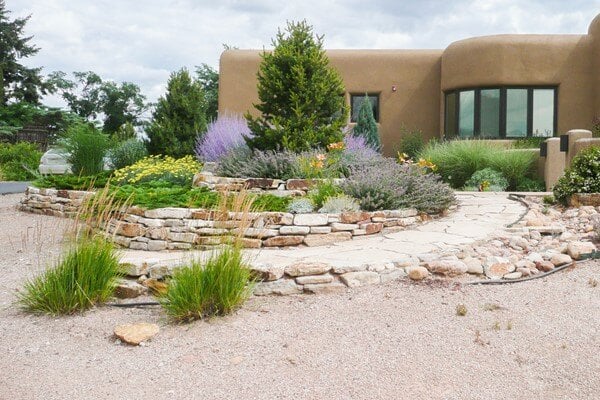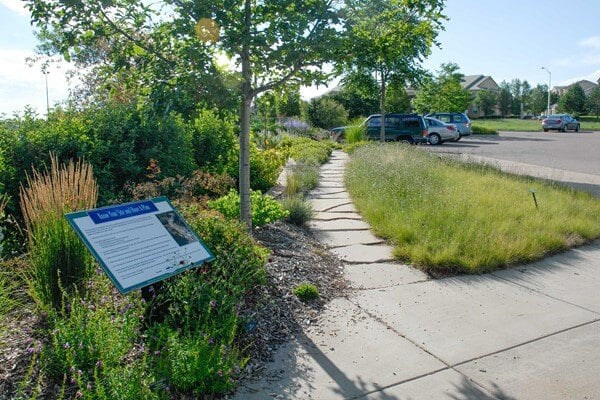Partridge Feather
Partridge feather is a low-water groundcover grown for its feathery silver leaves. The leaves grow as a low mat that spreads slowly over the years.
It is very heat-tolerant and able to withstand dry conditions, making it a great choice for a xeric landscape.
In June, it grows yellow button-like flowers that rise above the leaves. It does not grow well with soggy soil or regular watering from overhead sprinklers.
A great choice for hot, dry, sunny areas.
.jpg)
.jpg)
.jpg)
.jpg)
.jpg)
Partridge Feather
Partridge feather is a low-water groundcover grown for its feathery silver leaves. The leaves grow as a low mat that spreads slowly over the years.
It is very heat-tolerant and able to withstand dry conditions, making it a great choice for a xeric landscape.
In June, it grows yellow button-like flowers that rise above the leaves. It does not grow well with soggy soil or regular watering from overhead sprinklers.
A great choice for hot, dry, sunny areas.
Plant details
Botanic Name
Tanacetum densum ssp. amani
Pronunciation
tan-uh-SEE-tum DEN-sum ah-MON-ee
Mature Height
4 to 6 in.
Mature Spread
18 to 24 in.
Water usage
One Droplet: Water twice per month or less, once established.
Two Droplets: Water about once per week, once established.
Three Droplets: Water about twice per week, once established.
Flower Color
yellow
Bloom time
June
Colorado Native
No
Natural Habitat
Southeastern Turkey
Light Requirements
sun, part shade
Cold Hardiness
USDA zones 4-9
Elevation Limit
hardy to 8,500 ft.
Performance
Partridge feather has impressed our staff with its heat and drought tolerance. It seems to grow best either with drip irrigation or in unwatered locations. Over time it grows into a moderate-sized mat.
With regular overhead watering, it often develops a fungus on the leaves. Due to the weather, it grows better some years than others, so expect some shrinking of its size periodically. We highly recommend it.
Maintenance
Clean up this plant in spring by raking out the old leaves. It is not necessary to cut back in late winter because new leaves will eventually cover last year's growth, but dead sections can be removed as needed.
See in a landscape
The stonework and hardscape in this yard help add structure and planting space while allowing the landscape to blend into the surrounding native areas. The planting beds closer to the house and near the patios are slightly higher water using and have a pop of color that accents the entrance. The plants outside of the courtyard require less water and maintenance and help blend in with the Colorado landscape that surrounds this yard. This is a great example of a no-grass yard that instead features courtyard gardens, patios and a pathway around the house.


.jpeg)
.jpeg)
.jpeg)
.jpeg)
.jpeg)
.jpeg)
.jpeg)
.jpeg)
.jpeg)
.jpeg)